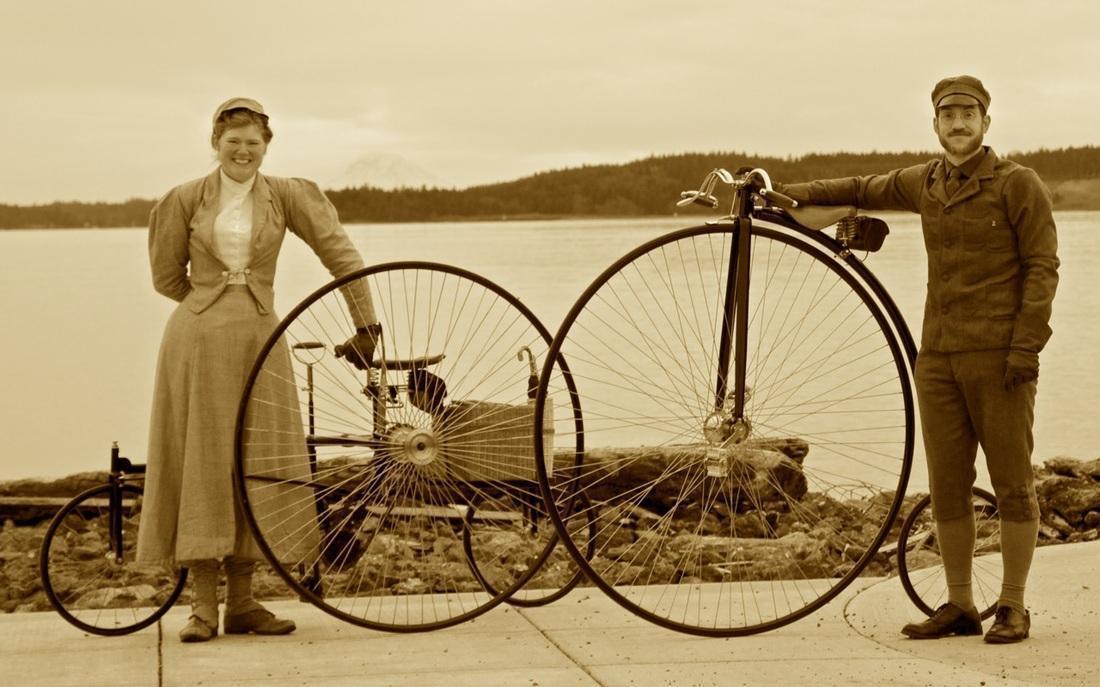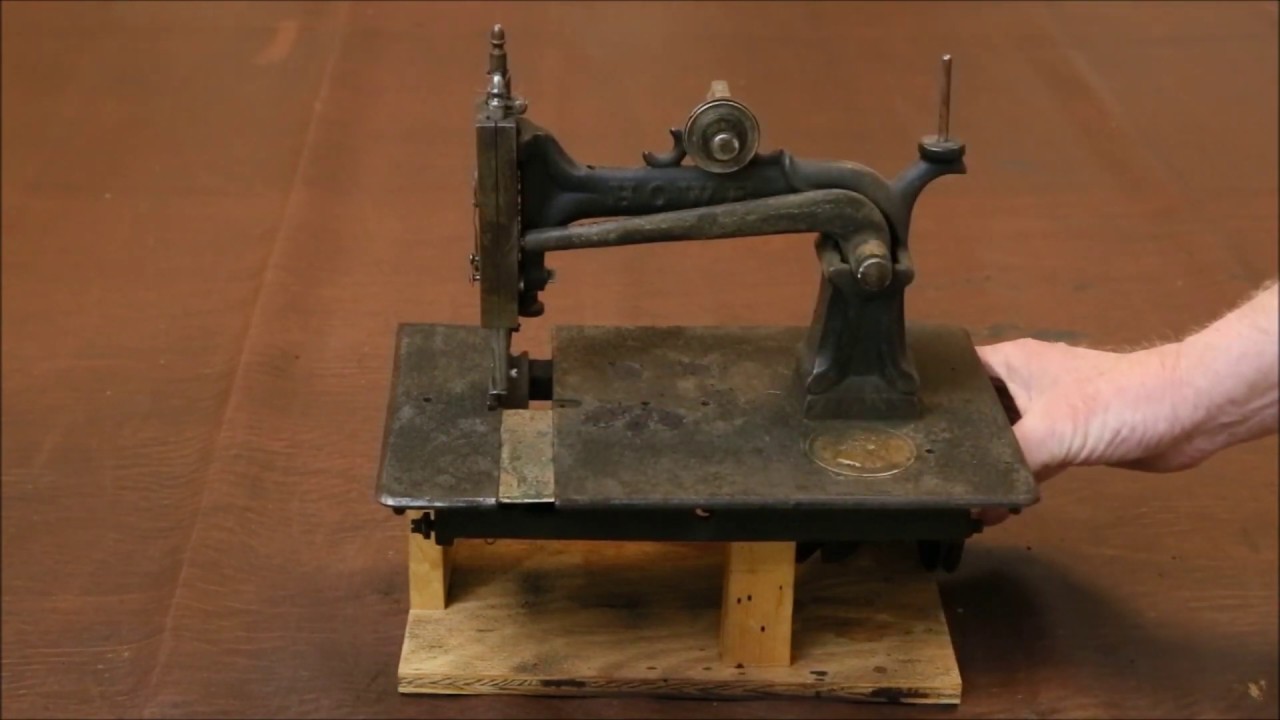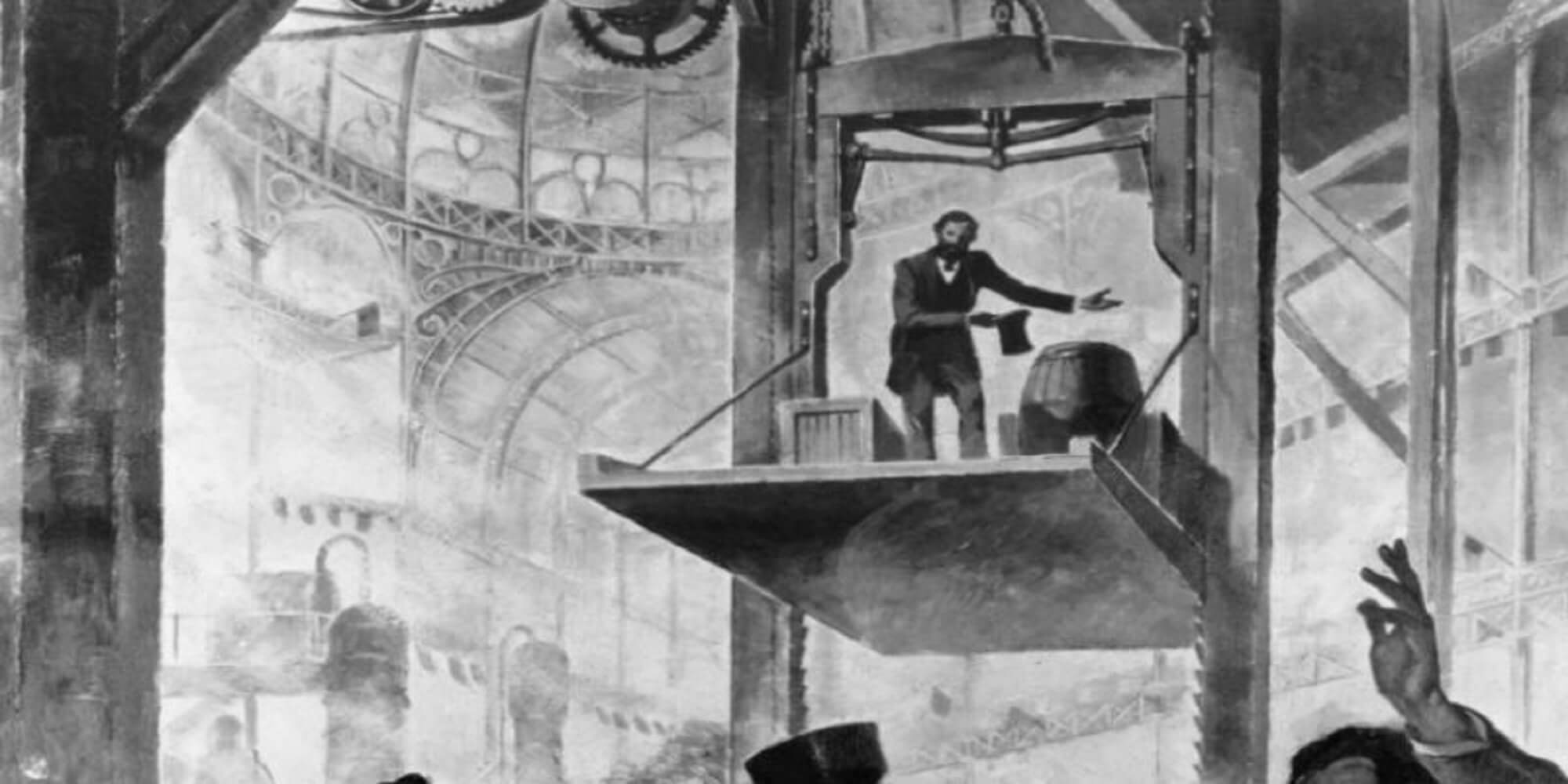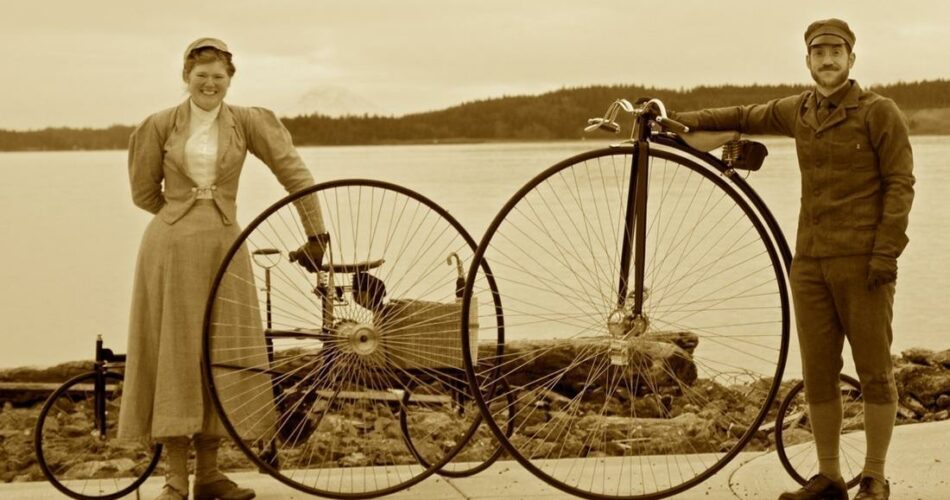The Victorian era is known for its many remarkable inventions that have left a lasting impact on modern society. From the telephone to the typewriter, these inventions have shaped the way we communicate, travel, and even entertain ourselves. But did you know that there are still several inventions from the Victorian era that have relevance in today’s world? Let’s take a look at 6 of these inventions and how they continue to be used today.
The Bicycle
Victorian era inventions remain relevant today, particularly the bicycle. In 1817, Karl von Drais created a two-wheeled machine which he called a Laufmaschine. This bicycle precursor was propelled by pushing one’s feet against the ground. In 1839, Kirkpatrick Macmillan invented a bicycle that featured pedals, allowing the rider to use their feet to power the machine. By the 1860s, the modern bicycle had been developed, featuring a chain drive and an equal-sized front and rear wheel.

Gramophone
The invention of the gramophone in 1887 revolutionized the music industry, allowing for the mass production of recorded music. By using a needle to etch sound waves into wax discs, a gramophone could play back recorded music. This invention had immense cultural and economic implications, as it allowed for the mass distribution of music. It allowed people to share music with one another, and it gave rise to the modern music industry. The gramophone also ushered in the era of radio broadcasting. Radio stations used gramophones to play records, allowing for the spread of popular music to a much wider audience.

The Telephone
The Victorian era was a period of innovation and invention. Many of these inventions are still relevant today, including the telephone. Alexander Graham Bell unveiled the telephone in 1876 and it quickly revolutionized how people communicated. It allowed individuals to talk to people across vast distances, no longer limited to face-to-face conversations. This device quickly became a staple of everyday life, with homes and offices around the world installing telephones as a way to stay connected. The telephone is still widely used today, although in a much more advanced form.

Sewing Machine
The sewing machine, invented in the mid-1800s, revolutionized the way clothes and other fabrics were made. It was a major breakthrough in the Industrial Revolution, allowing people to produce garments quickly and efficiently. The invention of the sewing machine improved the livelihood of many people, as clothing production could now be done in mass quantities. The sewing machine also allowed for the introduction of uniformity in clothing production.

Radio
The Radio was one of these inventions, developed in 1873. This technology was invented by Scottish-born physicist James Clerk Maxwell, it involved the transmission of electrical signals through the air. Hertz used this technology to send and receive Morse code messages in 1895. Marconi built on these experiments to produce the first wireless telegraph. Guglielmo Marconi’s wireless telegraph was used to communicate across the Atlantic in 1901.

By 1910, the first commercial radio broadcasts were taking place. Reginald Fessenden sent the first music broadcast in 1906. In 1923, the first regular radio broadcasts began to be heard. The BBC was founded in 1922 and began broadcasting radio programs. This was followed by the creation of the Voice of America in 1942. Radio continues to be a major form of communication in the 21st century.

Elevators
Elevators, one of its most important contributions, are still used today. They were first conceived of in the late 18th century, but it wasn’t until the 19th century that they were successfully built and implemented. Elisha Otis invented the first safety elevator in 1852, which allowed multiple floors to be accessed by the single machine. This invention revolutionized the way we move between floors in buildings. His invention was quickly adopted by cities across the world, and it’s still in use today.

